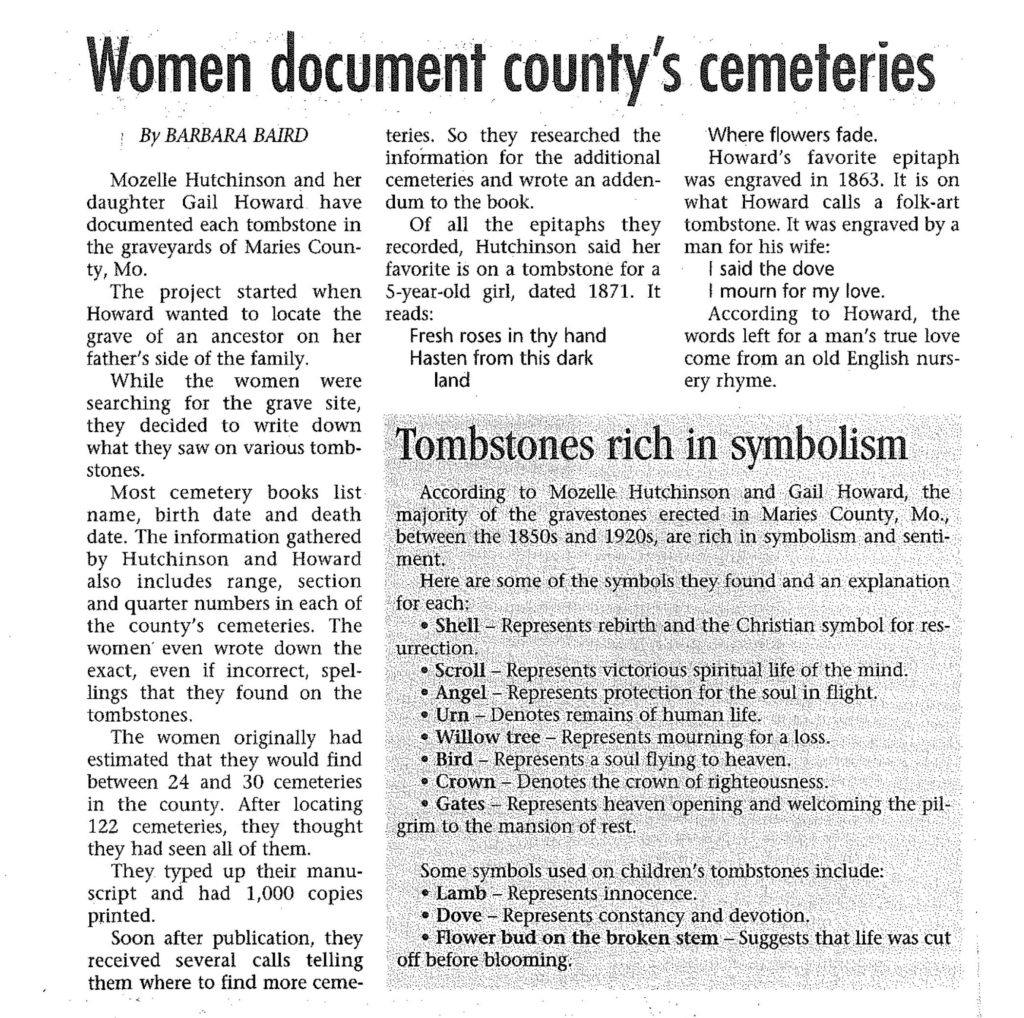This is not a book review, but it will seem like it for just a little bit. Last night, I was reading the 11th book in one of my favorite historical fiction series., When Falcons Fall by C.S. Harris who is a Ph.D. in European history. This series starts at the end of the Napoleonic Wars in 1813. The hero, Sebastien St. Cyr has returned from years of conflict on the Continent and the series is devoted to his new pursuit solving murders and ending traitorous schemes. These are wonderful books and I highly recommend them to anyone who likes the time period, English and French history, or mysteries. That is enough of the book review; now the reason for this blog. May’s Brown Bag was going to be on tombstone symbology because of Memorial Day. I had research and articles and handouts prepared. Unfortunately, this year Memorial Day included a horrible new death statistic and the library is currently closed. But, in the book I was reading that I just mentioned, an interesting fact popped up. Well, interesting isn’t quite the word, more gruesome.
“It was the practice in England to bury those convicted of the crime of felo-de-se at the crossroads, with a stake driven through their hearts–the idea being that both the stake and the constant traffic above would keep their restless souls from wandering.” This is a direct quote from C.S. Harris’s book to be found on page 170. ‘Felo-de-se’ or felony of self–i.e. suicide–required that that person could not be permitted to be buried in consecrated ground, but until I read this I had not heard about the stake through the heart and the crossroads–so I thought I would share that with everyone. If a person was found to have died by felo-de-se the crown could confiscate their property and they were given a shameful burial. This was abolished in the Suicide Act of 1961 but the act of felo-de-se had been relaxed by the Burial of Suicide Act of 1823 and by the interments act of 1882.
Now, I know this has little to do with headstone symbology, but it does have how we respect our dead, plus I read this on May 26 which was the 123 anniversary of the publication of Bram Stoker’s Dracula which goes right along with the whole stake through the heart. I thought it was something that should be shared. It will help explain those times when you are doing genealogy research and maybe you can’t find a burial site. Of course, it’s not the only reason, but suicide was considered a shameful act as well as a criminal one, and family members very often did not discuss or mention said family member again.
I double-checked all this with my own research. I was really hoping it wasn’t true, but no such luck. C.S. Harris does an amazing job on her historical research and it is one of the reasons I love this series. Anyway, everything that I think might help in your genealogy pursuits I will share. So, when you come up against that brick wall and can’t find anything–you just need to come at the wall from a different angle. Not always saying that suicide is the answer to the question, but it may be a small part of the historical background that needs to be considered when searching for ancestors in the 1800s and earlier.
Everyone stay safe!

